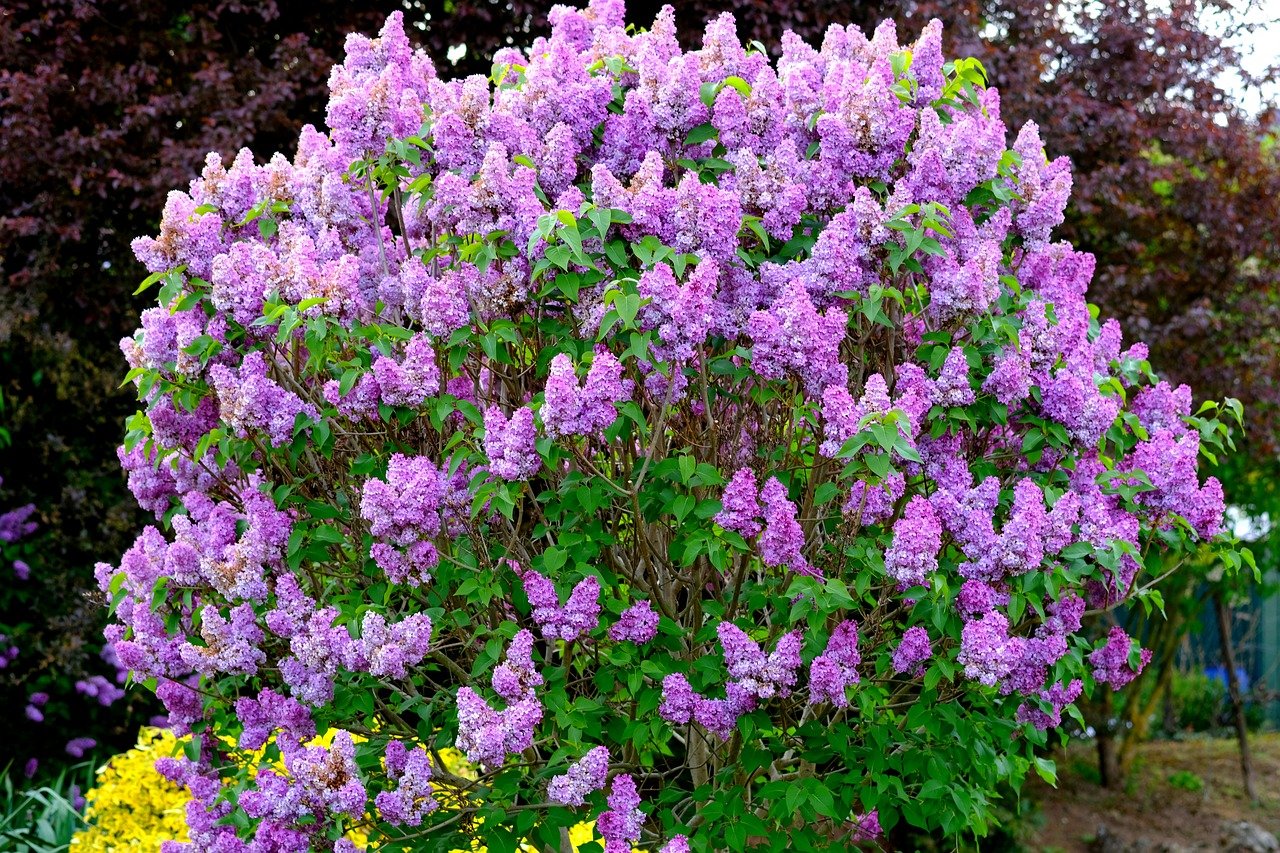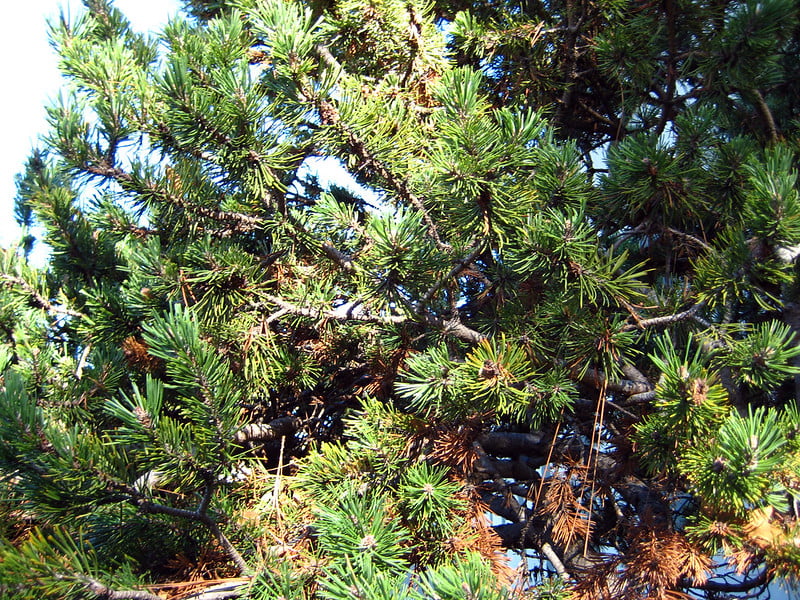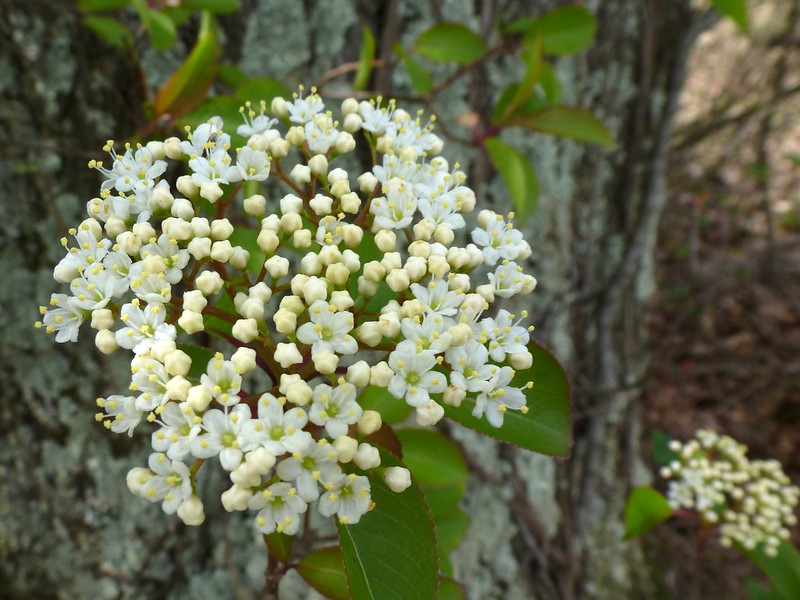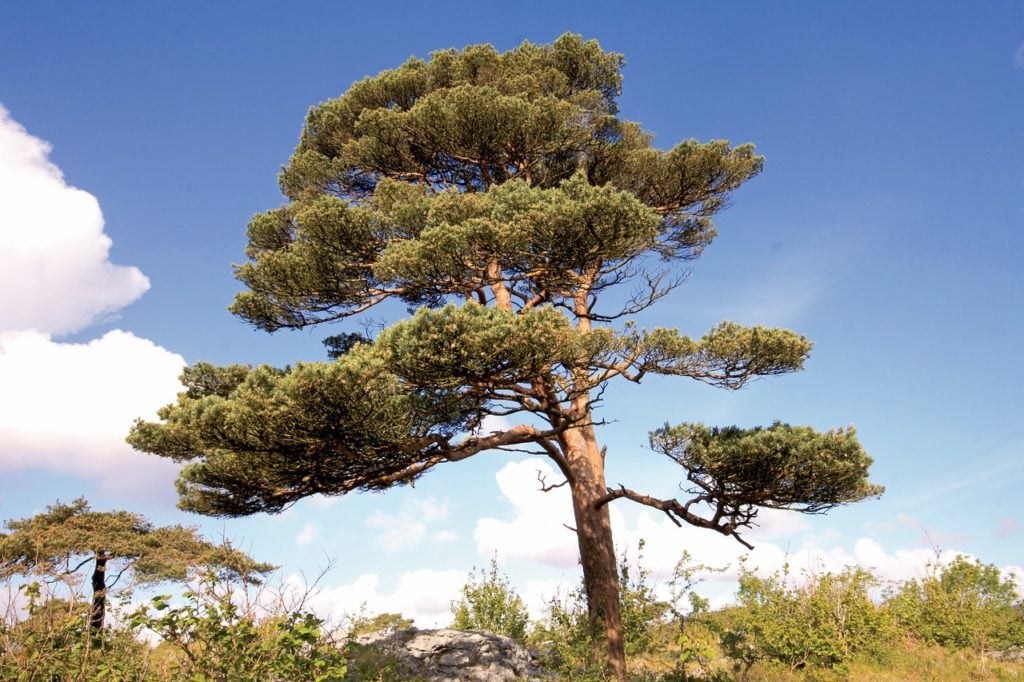
We fawn over them in animated films, but when deer use our yards as their personal salad bars, the charm wears thin. The damage they cause to residential landscapes across the state costs homeowners — deerly.

It’s not too expensive to replace the small ornamental plants, but when deer gnaw the bark off of trees, the damage can add up quickly.
Dr. John P. Loegering is a wildlife specialist at Minnesota University Extension. He warns, “Deer are very persistent once they grow accustomed to feeding in an area. It’s easier to prevent them from forming the habit in the first place.”
He suggests taking action as soon as you see deer in your yard. Install barriers and hazing or frightening techniques. But the best defense is a good offense: Plant trees that deer don’t find appetizing. Here are the best deer-resistant trees and large shrubs in Minneapolis.
Juniper species
(Juniperus spp)
With many cultivars and forms, this handsome evergreen can be towering, resembling an Italian cypress. It can also be more compact and slower-growing. Maxing out at around 20 feet, junipers add year-round color and structure and need little maintenance. Tolerant of heat, drought, cold, and salt, juniper can serve as a hedge, windbreak, or accent tree. Three are native to Minnesota — common juniper, Eastern red cedar and creeping juniper. Thanks to exceptional salt tolerance, planting these trees in areas that get overspray from salted roads in winter is a good way to reduce plant damage from rock salt.
Forsythia
(Forsythia ‘Northern Sun’)
It doesn’t take these trees long to top out at 10 feet high and 8 feet wide. Forsythias produce flower buds that can survive up to minus 30 degrees Fahrenheit. From March to April, the large shrub will explode into a riot of brilliant yellow blooms that make excellent indoor arrangements. They attract butterflies and birds, but the deer will leave them alone.
Lilac
(Syringa vulgaris)
Easy to grow and incredibly resilient, the common lilac (pictured at top of story) features glossy, dark green leaves and fragrant flowers in white, pink, magenta, lavender, and purple. The small tree grows to between 8 and 15 feet tall and blooms for three to four weeks in late spring. This versatile ornamental is used for screening, hedges, or grown as specimens. Use them as a privacy barrier, and you could prevent deer from entering your yard.
Mountain Pine
(Pinus mugo)

Often planted as an ornamental evergreen tree, the mountain pine has an unusual pyramidal shape. Growing to a maximum of 20 feet, it can have a spread as wide as 25 feet, with a broad base. Easy to grow, Pinus mugo prefers full sun and is great for erosion control, or windbreak. There are several varieties available, many of them are dwarves, and all are unappealing to deer.
Nannyberry
(Viburnum lentago)

A large, deciduous small tree or large shrub, nannyberry attracts butterflies and bees, but not deer. Nannyberry tops out at about 30 feet and will spread from 6 to 12 feet wide. Creamy masses of white spring flowers give way to bluish berries on red stalks that persist through fall. Heat and drought-resistant, this tree adapts to many types of soil. You can plant Viburnum lentago as an ornamental, a shrub border, in hedges, or as a privacy screen.
Redstem Dogwood
(Cornus sericea)

Incredibly long-lived, with specimens in the wild living for more than 700 years, scots pines are the national tree of Scotland and the only native pine in the UK. The Scotch pine can grow from 20 to 150 feet, depending on the cultivar. It tolerates a wide range of soil conditions from clay to sand and is drought tolerant once established. Prized for their resilience, longevity, and height, they make good shade trees if you have the patience to see them through to maturity.
Staghorn Sumac
(Rhus typhina)
The perennial woody staghorn sumac grows along forest edges and in native prairies. It can reach mature heights up to 35 feet and is tolerant of a wide range of soils. Although the ornamental tree can grow in partial shade, its showy fall color will be best in full sun. The crimson fruit creates seasonal interest through fall, but the deer find it distasteful. By landscaping with deer-resistant plant trees, you’ll reduce the damage to the trees and the rest of your plants.
Dr. John P. Loegering is a professor and the department chair of the Agriculture and Natural Resources Department at the University of Minnesota Crookston. As an extension agent, he focuses on wildlife ecology and management.
Main Photo Credit: Pixabay